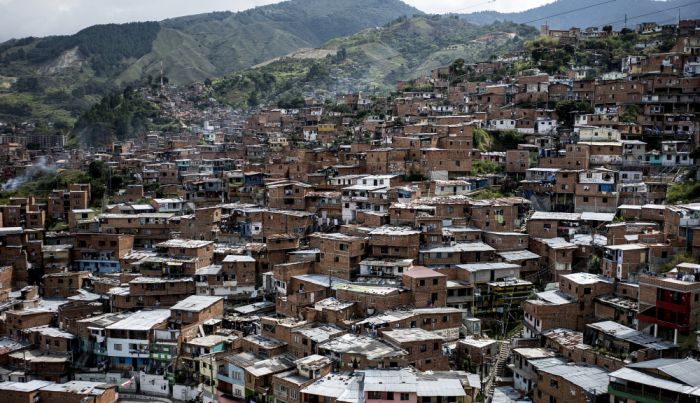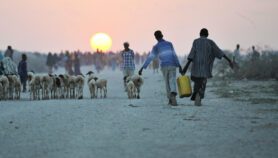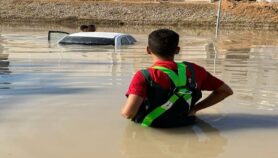By: Daniela López and Aleida Rueda
Send to a friend
The details you provide on this page will not be used to send unsolicited email, and will not be sold to a 3rd party. See privacy policy.
Turning natural landscapes in the Caribbean into urban areas or farmland may increase the risk of people dying from floods and storms, scientists suggest.
In a study published by Scientific Reports last month (8 July), researchers from Anguilla’s health ministry and the Catholic University of Louvain in Belgium investigate which factors make the region more prone to deaths related to these disasters. Out of 20 variables, they found that using a greater proportion of land for agriculture and having a higher percentage of people living in urban areas were consistently linked with deadlier floods and storms.
“As natural landscapes are transformed into agricultural land, the protective effect that they offer to human populations might be seriously reduced.”
José Rodriguez-Llanes, Catholic University of Louvain
“As natural landscapes are transformed into agricultural land, the protective effect that they offer to human populations might be seriously reduced,” says José Rodriguez-Llanes from the Catholic University of Louvain and one of the study authors. The same applies to unplanned urbanisation, he says.
The Caribbean is commonly hit by floods and tropical cyclones. Between 2000 and 2012, 113 such disasters were reported in the 15 countries that make up the Caribbean Community (CARICOM), of which 85 caused deaths, the paper says. This is more than double the number linked to similar events in the previous 20 years, it says.
“We analysed 32 years of floods and storms data from the CARICOM nations along with development indicator data from the World Bank,” Rodriguez-Llanes says.
The analysis provides “early insights not only into the most important determinants of lethality, but those with potentially far-reaching policy implications”, the paper says.
Antonio Vieyra Medrano, a geographer from the National Autonomous University of Mexico, agrees that a lack of planning in city growth is an inevitable factor in physical and human disasters. Identifying risk areas and the most vulnerable populations helps to prevent or mitigate the effects of such disasters, and to ensure more secure and sustainable urban development, Vieyra says.
“This could enhance our understanding of the specific factors that are common and particular for certain regions, and strengthen the evidence base for effective solutions,” the authors say. Doing so is especially important for formulating the Sustainable Development Goals that will replace the Millennium Development Goals after 2015, they add.
References
Aisha N. Andrewin and others Determinants of the lethality of climate-related disasters in the Caribbean Community (CARICOM): a cross-country analysis (Scientific Reports, 8 July 2015)














